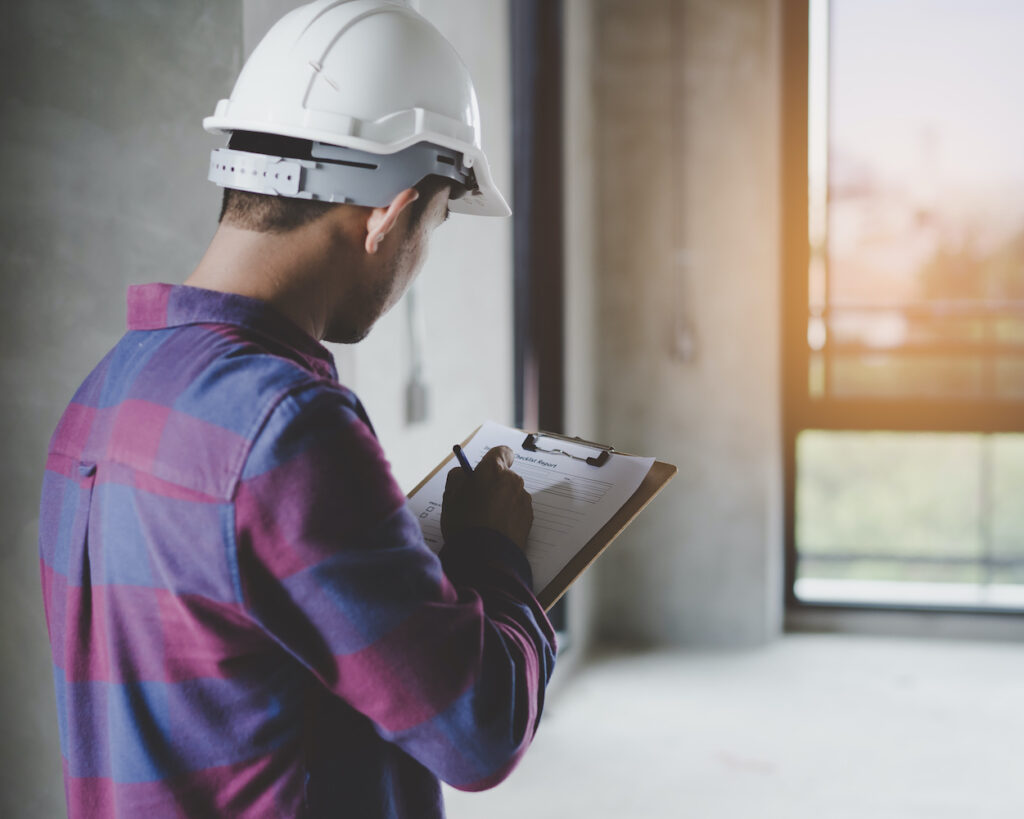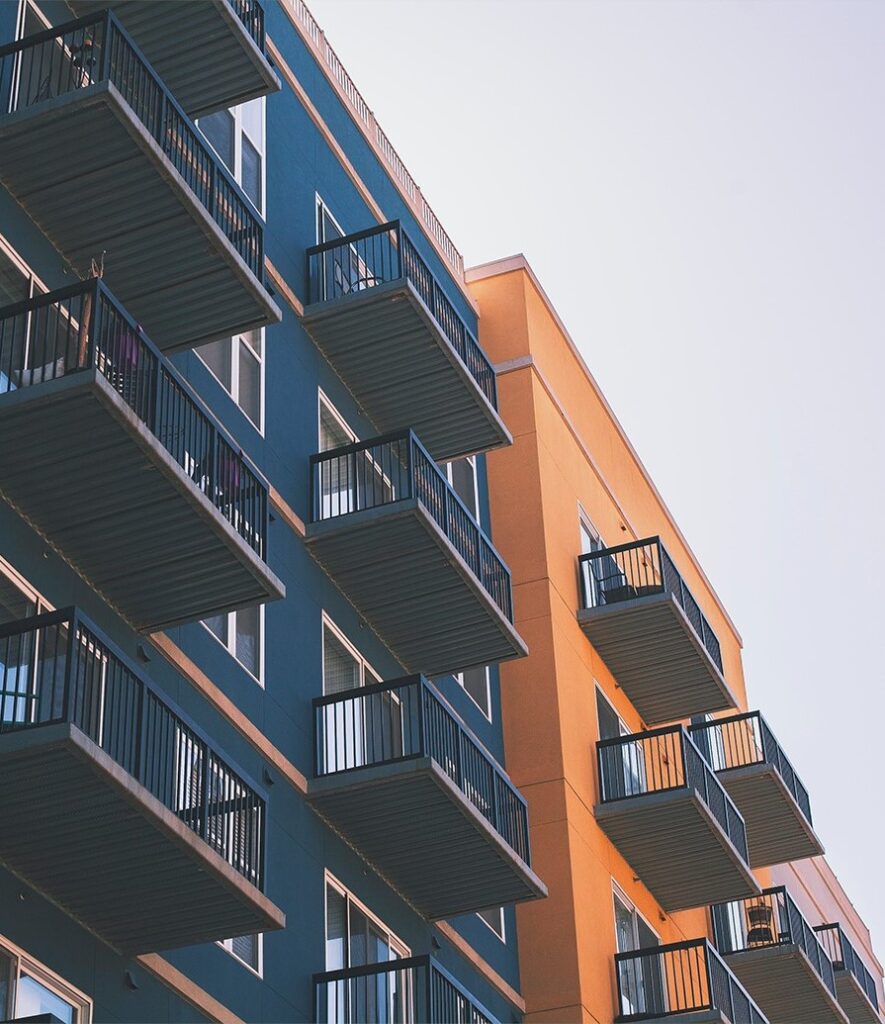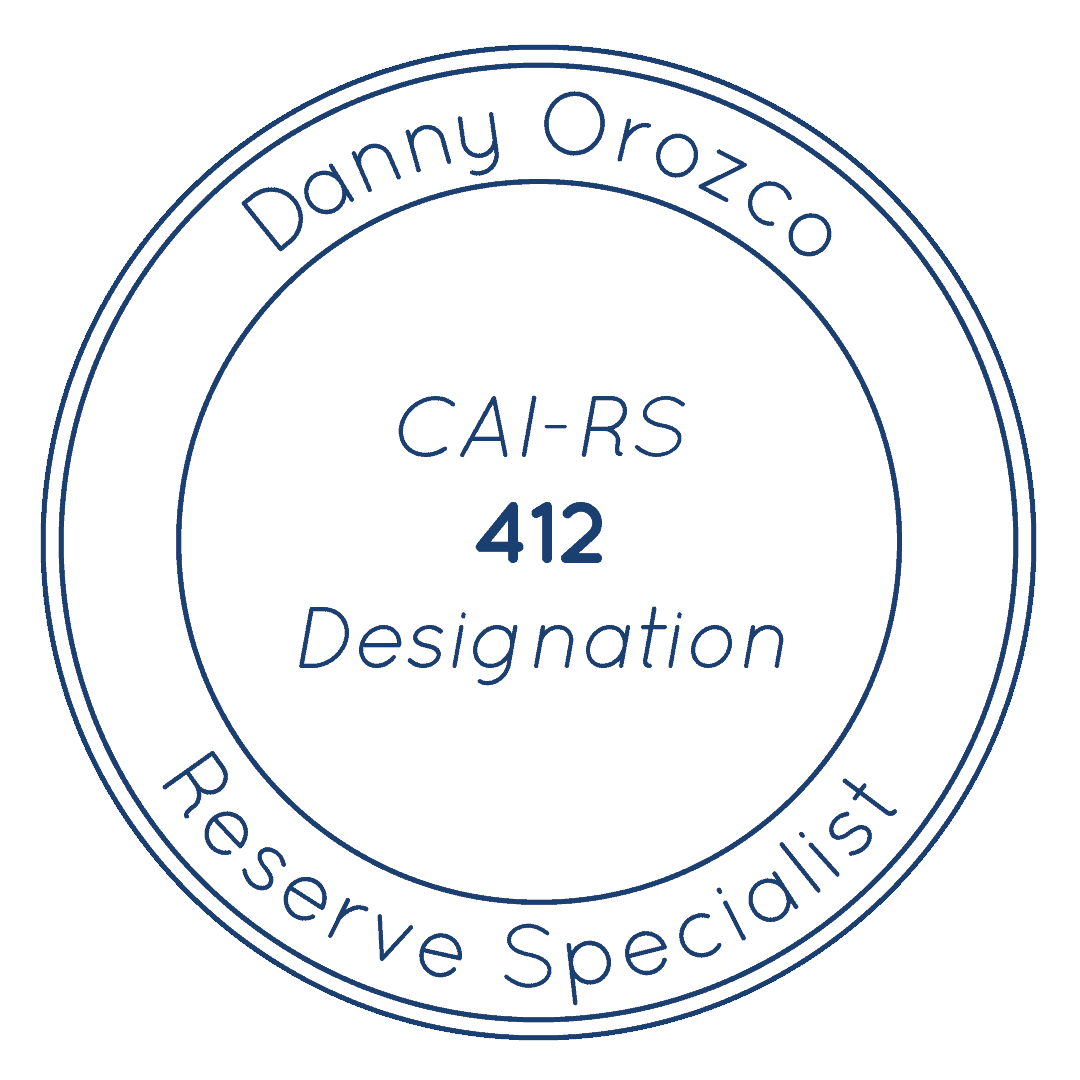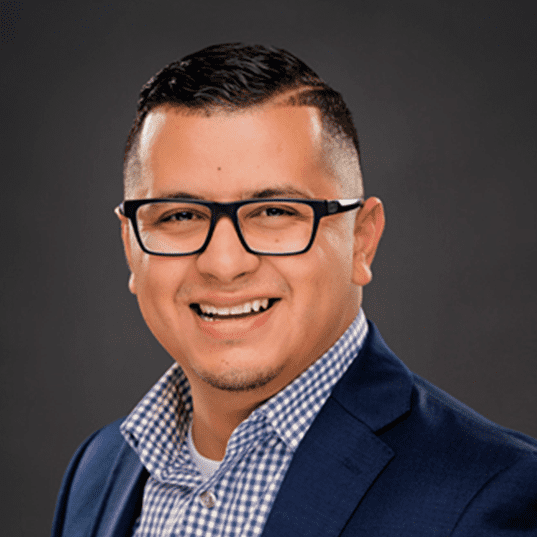Reserve Study Services
Plan For Success With A Reserve Study
A reserve study is a crucial long-term budgeting tool used by homeowners associations and other joint-owned properties. Request a proposal for our reserve study services and we’ll be in touch with you.
- Up to 45% Faster Turnaround Times
- Consultant assigned in 24-48 hrs















The Importance Of A Reserve Study
A reserve study describes your current reserve balance and recommends a stable, reasonable funding plan to cover future common area repairs. Associations with a well-stocked reserve fund are better positioned to increase property value and attract buyers.
- Cover urgent expenses without relying on special assessments.
- Attract buyers by demonstrating sound, prudent financial leadership.
- Comply with laws requiring a reserve study for HOAs every 3 years.


The Davis Stirling Common Interest Development Act sets forth the requirements for budgets and the information that must be included in a reserve study. More specifically, Civil Code section 5550 requires a reserve study to be completed at least every three years and reviewed annually.
This is why many community associations in the state of California update their reserve studies every year. It’s the best way to ensure reserve studies reflect the current financial information of the HOA.

OUR PROCESS FOR RESERVE STUDIES
The first step of the reserve study process is an on-site component inspection that evaluates a timeframe for when components need to be replaced. Our reserve fund study assesses components for their condition, useful life, and replacement cost. We create platforms for start-up budgeting and future phases.
At this stage, component replacement costs are estimated based on bids or an objective regional construction cost database. Financial projections are calculated with the inflation rate and the current yield on invested funds factored in. This ensures the accuracy of our reserve fund report.
It's best to update your reserve study annually. You can update your reserve funding plan if there are minor variations from the original funding plan. The state of California requires an in-person site inspection every three years to update reserve study information.
Specialist of the Community Association Institute


WHY SHOULD YOU DO A RESERVE STUDY?
Protect & Enhance
Fairness
Wise homeowners’ association boards hire professionals to conduct their HOA reserve study or condo reserve study. This ensures community residents are treated to a fair reserve funding contribution plan rather than unpredictable (and unpleasant) special assessments. When board owners treat homeowners fairly and equitably, residents will be more likely to stay, and your HOA reserves will be well-stocked.
Sound Financial Planning
It’s an unfortunate reality that many HOA reserve funds are under-capitalized due to poor financial planning and inadequate oversight. A lack of reserve funding deters buyers because it signals poor management. Buyers often consider the results of a reserve study to evaluate the value of common interest development (CID) property. When an association hires a professional reserve study specialist, buyers take note and perceive prudent leadership.
Statutory Duty
California Civil Code 5550 requires community associations to complete a reserve study at least every three years. In addition, Civil Code 5550 stipulates that the board of a homeowner association consider and adjust their reserve study every year. California Civil Code 5565 also describes information within a reserve study as “current.” This is further evidence that information about an HOA reserve must be accurate and up-to-date.
Contractual Duty
Homeowners within a community expect professional association management and accurate reserve studies. Often, an association will rely on special assessments to cover an unexpected replacement cost or to obtain funding for repairing common components. In that case, members will be unlikely to stay in the community for long. Ideally, an association’s emergency maintenance and future major expenses will be funded from capital reserves in the reserve studies.
Fiduciary Duty
When residents contribute to an association’s reserves, they trust that those funds will be allocated toward maintenance and management of the common areas. Well-funded reserves engender trust among community members due to the professional management it represents. Adequate reserves also provide the capital needed to reduce the number of special assessments placed on members of the community.
Reserve Studies Resources
Common Questions About Our Reserve Studies
What is Reserve Study?
A Reserve Study is a budget planning tool used by condominium associations and homeowner associations to create an effective funding plan. Often, this funding plan covers anticipated common area maintenance expenses over 30 years. A reserve study is vital to maintaining a financially healthy community association.
Lending institutions such as the Federal Housing Authority (FHA) use stringent requirements to standardize minimum Reserve Fund health. Studies show that associations with a fully funded reserve account are better able to maintain and increase the property values.
What are the two parts of a reserve study?
The Reserve Study includes a physical analysis and a financial analysis.
First, the physical analysis portion includes a site inspection of the association’s common area components and quantity of assets. The site inspector identifies common area components, performs a condition assessment, estimates remaining useful life, and estimates the major repair or replacement costs.
Within the second part of a reserve study is the financial analysis. A reserve fund specialist examines the current reserve balance and projected future costs. With this information, the reserve study professional makes recommendations to the association for an appropriate reserve funding contribution rate. The financial analysis will include three funding models from which you can choose to best fund your HOA reserves.
Why is it important to perform a Reserve Study?
A reserve fund study provides the essential information needed to guide the Board of Directors in their budgetary decisions for their community. A reserve study assists the Board of Directors in determining the correct amount of money to go into the Reserve Fund. Reserve fund studies also serve as a guide for obtaining and evaluating proposals in advance of pending capital improvement projects.
The Reserve Study will also be a valuable tool when working with real estate and lending institutions for potential homeowners. It is often requested to reveal the strength of the reserves before purchasing a property. A well-documented and strongly funded HOA reserve fund increases property values and marketability.
What will a Reserve Study tell us?
A reserve study provide four key pieces of information, useful for both annual budget planning and disclosure purposes. The results are part of National Reserve Study Standards:
- Assessment and Reserve Funding Summary Disclosure Statement
- A full and complete Component List, including photographs and a summary of the item
- Strength of reserves is shown as a Percent Funded, along with future estimated cost planning
- Recommended HOA Funding Plan
How do I start the process to obtain a Reserve Study?
The process for a reserve study starts with the request for a proposal. Proposals can be obtained by filling in the request form on this website or alternatively by calling our office or through our contact form.
What time of year should we do our Reserve Study?
A reserve study is a budget planning tool, so most associations solicit a reserve study proposal about six months before their fiscal year ends. This gives the HOA community’s board enough time to have the study completed, reviewed, and incorporated into the budget for the upcoming fiscal year.
Are your representatives willing to talk with the board free of charge?
Yes. This is actually part of our proposal process for a reserve study. Not all HOA boards take us up on this offer. However, we feel that it is beneficial to review the reports within a reserve study with the board members or property managers. At a minimum, we perform a Q&A session to get feedback from the board. We always anticipate comments and changes and include those in our service automatically. Every effort is made to have a finished product that all are happy with, representing an accurate funding plan for your development.
What makes an asset a "Reserve Component" versus an Operating Component?
A “Reserve Component” is an item that is the responsibility of the association to maintain, and has a predictable useful life expectancy. This typically occurs on a funding timeline that exceeds one year, and costs above a minimum threshold cost.
“Operating Component” expenses are expenses that occur on an annual or monthly basis or are under minimum threshold cost for the Reserve list.
What happens in a site visit?
The HOA reserve inspection is conducted following a review of the documents that establish and identify all common area assets. Measurements are taken, and a summary inspection of the property is completed. Estimated life of common area components are based on conditions that are readily accessible and visible at the time of the inspection. The inspection does not include any type of intrusion or intervention other than normal use and viewing of the components.
When is a Reserve Study required?
Timing requirements for reserve studies differ with varying state legislation. But, every association that has common area components should have an HOA Reserve Study prepared on a periodic basis.
For California associations, Civil Code section 5550 states a full Reserve Study shall be completed at least once every three years. The Department of Real Estate requires a Reserve Study to be completed within the first year after the development is completed.
It’s very common for associations to have the Reserve Study updated annually. This happens for a multitude of reasons, including assessment changes and updated future cost estimates.
A Reserve Study should be used to assist a board in making budgetary decisions for the coming financial year. This means the Reserve Study should be completed in advance of the board meeting.
A full reserve study should be done every three years, however, an association’s board should review their reserve study annually. These annual updates will ensure that the reserve study reflects the current financial position.
What will the board need to provide?
Reserve Study preparation requires copies of the following:
- Current budgets
- Balance sheets
- Site maps
- Access keys or codes
- Vendor proposals
- Recent invoices
- Preferred vendor contacts (painters, pavers, landscapers, etc.)
- Prior reserve fund studies
Our staff will obtain all maps, site plans, and recorded CC&Rs. An in-person visit may also be necessary for full reserve studies. An annual reserve update typically doesn’t require a site visit.
Does California require a Reserve Study to be done on my development?
California’s Department of Real Estate (DRE) requires subdividers of existing subdivisions or condominium conversions to submit a Reserve Study. This initial reserve study is used to determine a ‘baseline’ for the proposed HOA’s start-up budget.
Who should have a Reserve Study?
Reserve studies are used by homeowner associations, town homes, condos, and property owners’ associations and business parks, commercial office complexes, general businesses, and municipalities.
Any business or professional association responsible for the long-term maintenance and replacement of significant assets can benefit from a Reserve Study. This ensures that there is no future loss of value due to the deterioration of the assets or common elements.
What's included in a reserve study report?
A reserve study report typically includes the following information:
- Brief description of the association, its physical traits, and the number of units
- A snapshot of the financial condition or status of the reserve fund
- The projected beginning balance for the reserve fund
- Recommended reserve contributions over a period of up to 30 years
- Projected reserve expenses for a period of 20-30 years
- Projected ending balance of the reserve fund
- A list of the association’s part inventory, along with the quantity, description, useful remaining life
- The current and future replacement costs, with the source of the cost estimate and repair work
- Identification of the fiscal year and the projection period
How We Provide Superior Service

All In-House
Industry Experience
Faster Turnarounds

